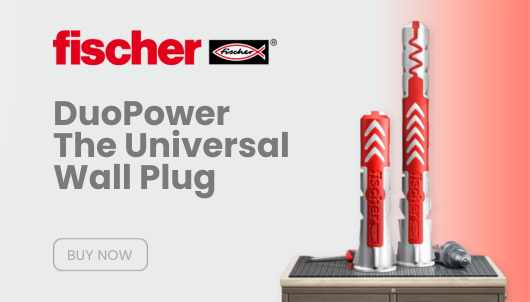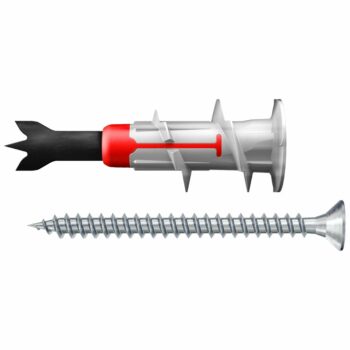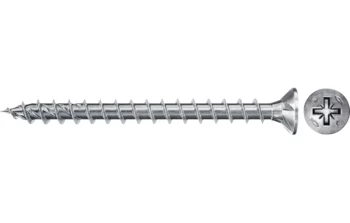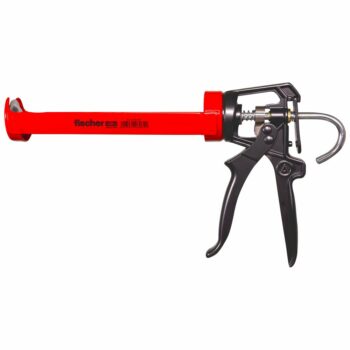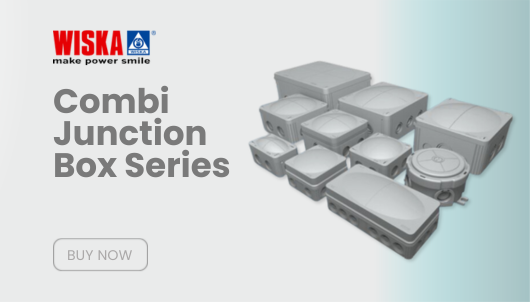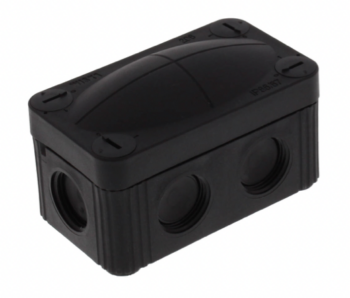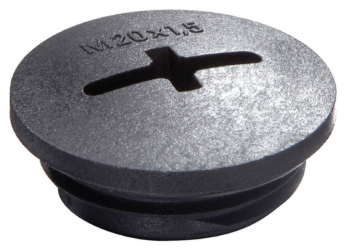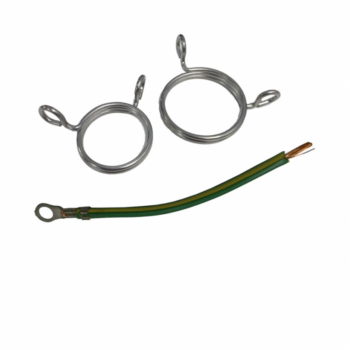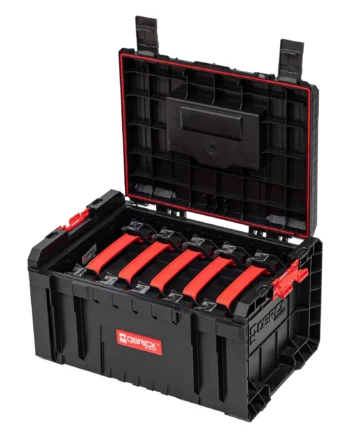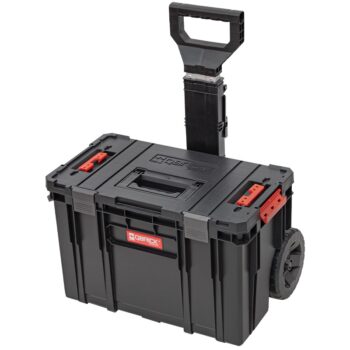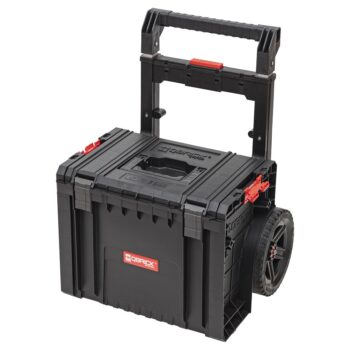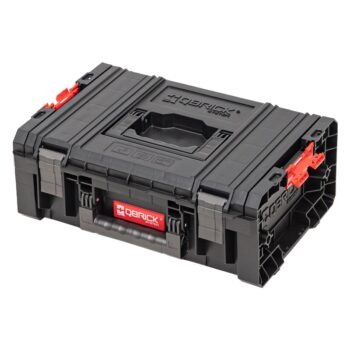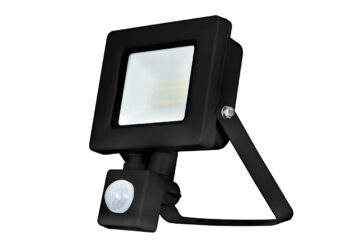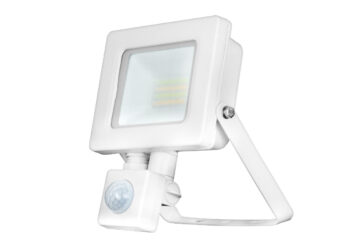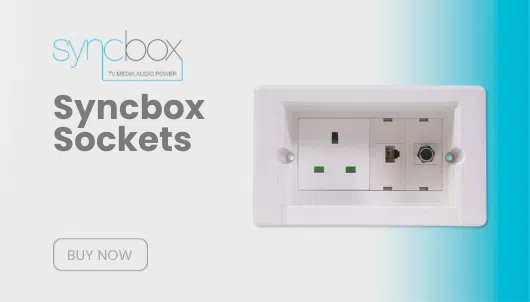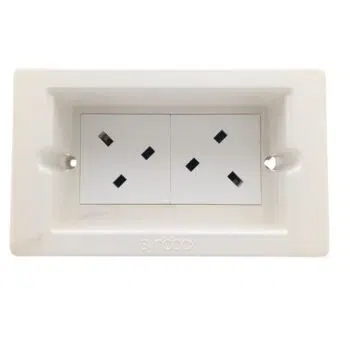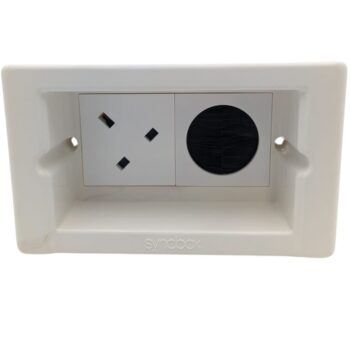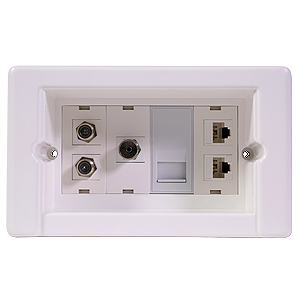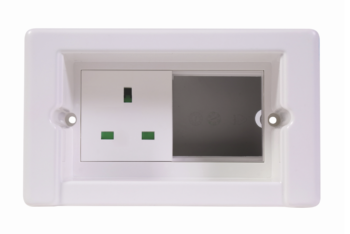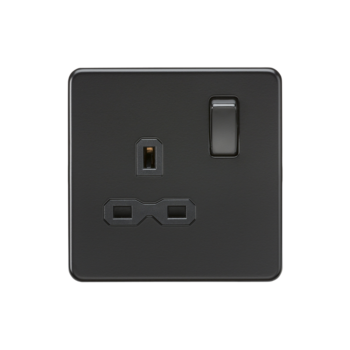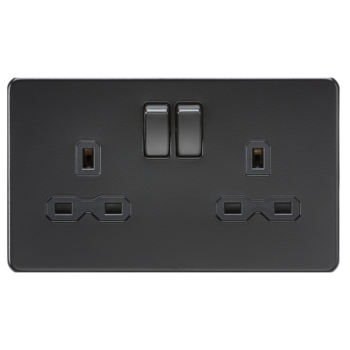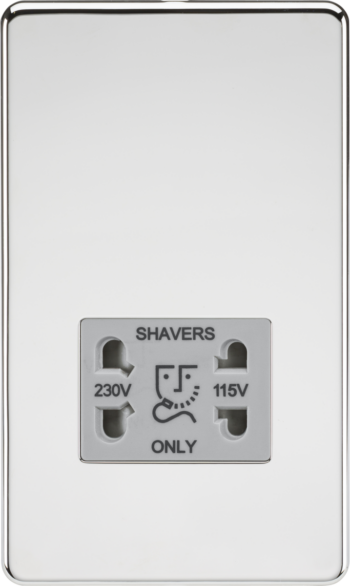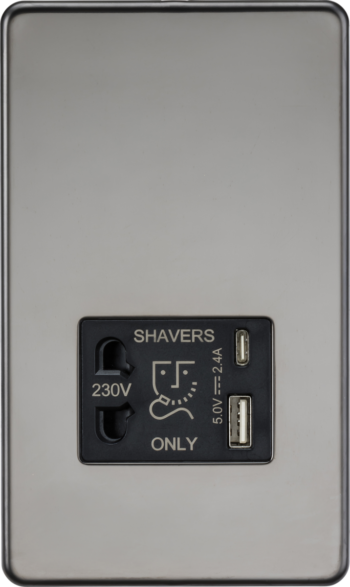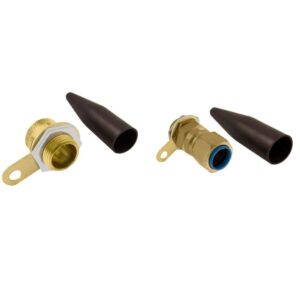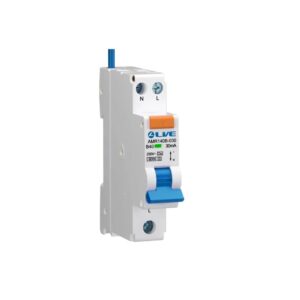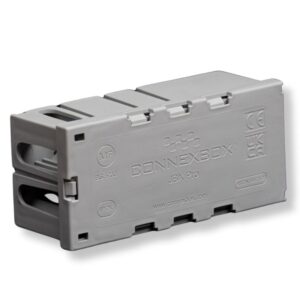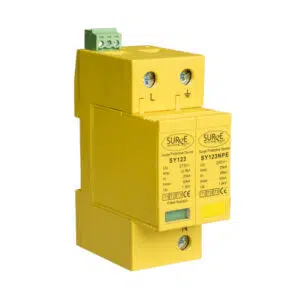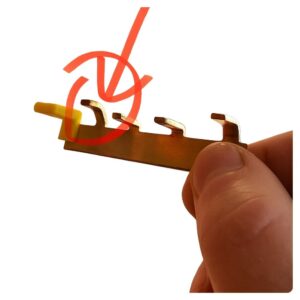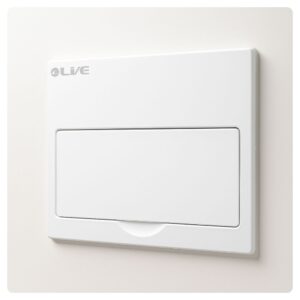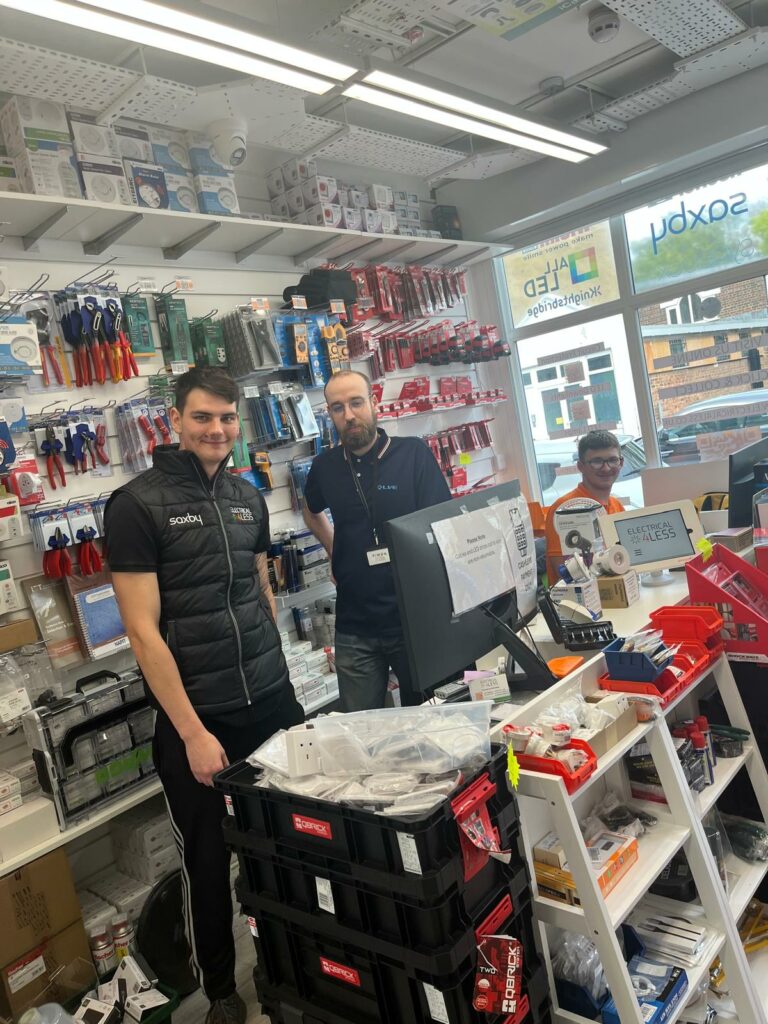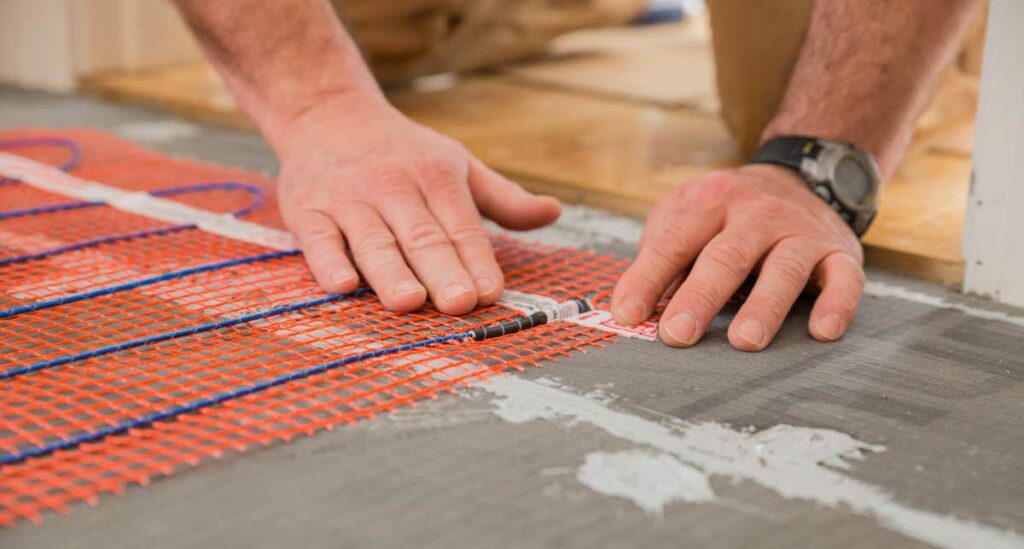
A Comprehensive Guide to Underfloor Heating: History, Advancements, and WarmUp Products
Underfloor heating has gained popularity as a modern, energy-efficient way to warm homes and commercial spaces. With its ability to distribute heat evenly and create a comfortable indoor environment, and is becoming a preferred option for modern homes. Understanding its history, technological advancements, and the key factors to consider before making a purchase is essential for anyone exploring this innovative heating solution. In this article, the focus will be on the brand WarmUp, known for producing high-quality systems, as well as the different variations, power options, and energy efficiency considerations that come into play.
The History of Underfloor Heating
The concept of underfloor heating dates back thousands of years. Evidence suggests that ancient civilizations, such as the Romans, used early forms of UFH systems. Known as hypocausts, these systems involved circulating hot air under floors and through walls to provide warmth. In the Roman Empire, this method was commonly employed in public bathhouses and villas, where heat from a furnace was directed through hollow spaces under the floor.
For centuries, it has remained relatively unchanged, but its use declined after the fall of the Roman Empire. It wasn’t until the 20th century, with the invention of modern materials and advancements in heating technologies, that underfloor heating saw a resurgence. During the mid-20th century, European countries, particularly in Scandinavia, began experimenting with electric UFH systems. These early systems were expensive and challenging to install, but they laid the groundwork for the energy-efficient and flexible solutions available today.
Advancements in Underfloor Heating Technology
Modern underfloor heating systems have come a long way since their ancient origins. Several technological advancements have made these systems more efficient, affordable, and easy to install. Today, UFH is available in two primary types: electric and hydronic.
- Electric: This system uses electric cables or mats embedded in the floor to generate heat. Electric systems are often more suited for smaller spaces or rooms where heating can be localized. These systems are typically easier and faster to install, making them a popular choice for renovations or single-room applications.
- Hydronic: In this type of system, warm water circulates through pipes installed beneath the floor. Hydronic systems are generally more energy-efficient than electric ones, especially in larger spaces, but they require a more complex installation process, often making them more suitable for new construction projects.
Additionally, advances in materials, such as insulated boards and more effective thermostats, have greatly improved the energy efficiency of both systems. Smart thermostats now enable users to control their system remotely, adjusting the temperature based on schedules and preferences. These technological advancements help ensure that underfloor heating systems not only enhance comfort but also offer long-term savings.
Introducing WarmUp: A Leading Brand in Underfloor Heating

One of the most reputable brands in this sector is WarmUp. Established in 1994, WarmUp has over two decades of experience developing and producing innovative heating solutions. WarmUp offers a wide range of UFH products designed to cater to different spaces, installation requirements, and budgets. With a focus on quality, efficiency, and customer satisfaction, WarmUp is a brand that has earned the trust of homeowners and professionals alike.
WarmUp‘s Product Range
WarmUp provides both electric and hydronic systems, allowing customers to choose the best option for their specific needs. Below are some of the key products they offer:
- WarmUp Electric Systems:
- Loose Wire Systems: These are ideal for small or irregularly shaped rooms. The loose wire system offers flexibility during installation, allowing users to space the wires more closely together in areas that need more heat and spread them farther apart where less warmth is required.
- Heating Mats: For larger, regularly shaped spaces, WarmUp’s heating mats offer an easy-to-install solution. The mats are pre-spaced, ensuring consistent heat distribution across the floor. Heating mats are suitable for use under a variety of floor coverings, including tile, wood, and laminate.
- Insulation Boards: WarmUp offers insulation boards that can be installed beneath the heating system. These boards help reduce heat loss and improve energy efficiency by directing more warmth upward into the room rather than down into the subfloor.
- WarmUp Hydronic Systems:
- Hydronic Pipes: WarmUp’s hydronic systems use a series of pipes laid beneath the floor through which warm water circulates. Hydronic systems are typically more cost-effective for large spaces and offer greater long-term savings due to their energy efficiency.
- Manifold Systems: For hydronic installations, WarmUp’s manifold systems are used to distribute water evenly throughout the floor pipes. These systems are designed to work seamlessly with various heat sources, including boilers, heat pumps, and solar thermal systems.
Why Choose WarmUp?
WarmUp is known for offering technologically advanced products that are easy to install and highly energy-efficient. The brand’s UFH solutions are compatible with smart thermostats, such as WarmUp’s own 4iE Smart WiFi Thermostat. This allows users to control their heating remotely, reducing energy consumption by automatically adjusting the system based on occupancy patterns and desired comfort levels. Moreover, WarmUp systems are backed by extensive warranties, offering customers peace of mind in their investment.
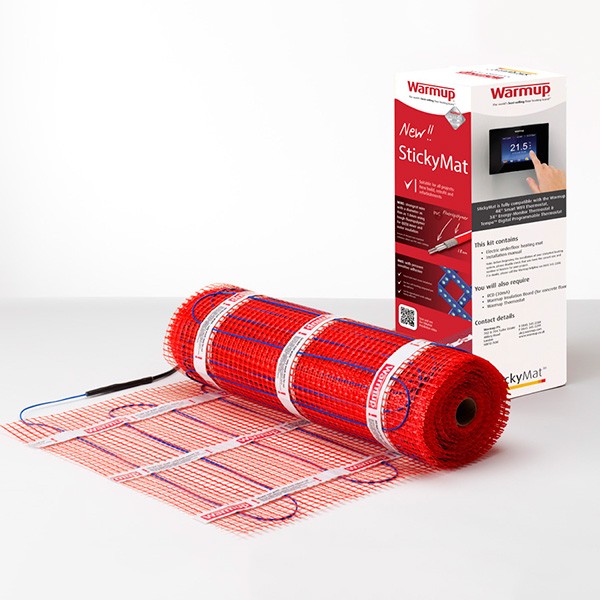
Key Considerations Before Buying Underfloor Heating
Before purchasing an UFH system, several factors should be considered to ensure the right choice is made for a home or commercial space. While it offers numerous benefits, it’s important to understand the variations in power, size, and energy efficiency.
1. Type of Heating System
As mentioned earlier, there are two main types of underfloor heating: electric and hydronic. The choice between these two systems depends on the size of the space, the existing heating setup, and budget constraints. Electric systems are more suitable for smaller rooms or renovations, while hydronic systems tend to be more energy-efficient and cost-effective for large spaces or new builds.
2. Power Options
Underfloor heating systems are available in different power outputs, typically measured in watts per square meter (W/m²). The power requirement depends on the room size and the level of insulation in the property. In general, electric systems are available in outputs ranging from 100W/m² to 200W/m², with higher outputs suited for rooms that need faster heating or spaces with poor insulation.
3. Floor Covering Compatibility
It’s essential to ensure that the chosen underfloor heating system is compatible with the type of floor covering in the room. Some heating systems are designed to work best with certain materials, such as tile or stone, while others are more suitable for wood, laminate, or carpeted floors.
4. Energy Efficiency
Underfloor heating is generally more energy-efficient than traditional radiator systems because it distributes heat evenly across the floor, requiring lower temperatures to achieve the same level of comfort. Additionally, systems with advanced thermostats, such as WarmUp’s smart thermostat, allow for more precise control over energy usage, helping to reduce costs and environmental impact.
5. Installation Considerations
The complexity of the installation process should also be considered. Electric underfloor heating systems are typically easier to install, especially when retrofitted into existing spaces. Hydronic systems, on the other hand, require more planning and effort, making them more suitable for new construction or major renovations.
Conclusion
Underfloor heating represents a modern, efficient, and comfortable way to heat homes and commercial spaces. From its ancient origins to the cutting-edge technology available today, this way of heating has evolved into a highly versatile and energy-efficient option. Brands like WarmUp lead the industry with their innovative, reliable products, offering both electric and hydronic systems to meet a wide range of needs.
When considering UFH, factors such as power requirements, floor covering compatibility, and energy efficiency should all be carefully evaluated. By choosing the right system and ensuring proper installation, underfloor heating can provide long-term comfort and energy savings.
See our full range of underfloor heating products from WarmUp here!
Underfloor Heating FAQ
The main downsides of UFH include higher installation costs and longer heat-up times compared to radiators. Additionally, it may not be suitable for all types of flooring or poorly insulated homes, where it can be less efficient.
While the initial installation costs can be high, underfloor heating is energy-efficient and can be cost-effective to run, especially when combined with proper insulation and energy management. The cost depends on the system type (electric vs. hydronic) and energy prices.
Electric underfloor heating does use electricity, but it operates at lower temperatures compared to traditional radiators, which can offset the electricity use. Hydronic systems use water heated by a boiler, which can be more energy-efficient.
Over time, uFH can be cheaper than radiators due to its efficiency. It heats rooms evenly at lower temperatures, leading to reduced energy consumption. However, the initial cost of installation is higher.
Thick carpets, solid hardwood, and some types of vinyl and laminate are less suitable for underfloor heating as they can restrict heat transfer. Always check whether a specific flooring is compatible with UFH systems.
Heavy furniture that sits flat on the floor without clearance, such as large cabinets or sofas, can trap heat and reduce the system’s efficiency. It’s better to use furniture with legs that allow airflow.
Yes, but it’s essential to choose a carpet and underlay that are compatible with underfloor heating. Thick carpets can act as insulators, reducing the efficiency of the system.
Hydronic underfloor heating systems should be flushed every 5-7 years to prevent sludge buildup, which can affect performance. Regular maintenance ensures optimal efficiency and extends the system’s lifespan.
In well-insulated homes, leaving underfloor heating on at a consistent low temperature can be efficient. Turning it off completely can lead to longer warm-up times, which may use more energy.
Underfloor heating systems can last over 50 years when properly installed and maintained. Electric systems may need more frequent maintenance, but hydronic systems can offer greater longevity.
It’s not necessary to turn underfloor heating off at night. Lowering the temperature while sleeping can conserve energy. Many systems allow for temperature scheduling.
Yes, underfloor heating systems can be turned off during the summer when not needed. There is no harm in turning it off as long as it is maintained properly before restarting in colder months.
It is recommended to have a thermostat in every room or zone to ensure each area can be independently controlled for maximum comfort and energy efficiency.
The most economical temperature for underfloor heating is between 18°C and 21°C, depending on the room’s insulation and usage. Maintaining lower, consistent temperatures saves energy.
After being turned off in summer, underfloor heating systems may fail to work due to trapped air, faulty pumps, or thermostat issues. It’s recommended to check the system or consult a professional.
Underfloor heating may not be suitable for homes with poor insulation, as it can struggle to heat rooms effectively. Additionally, it may not be the best option for all flooring types, and it can be expensive to install.
You should feel consistent warmth across the floor, and the thermostat should reflect the set temperature. Cold spots or delays in heating may indicate an issue requiring inspection.
This can be due to a malfunctioning thermostat, an airlock in the hydronic system, or an issue with the power supply. Regular maintenance checks can help resolve this.
Ensure the thermostat is set correctly and that the room is properly insulated. Also, check if the system requires flushing (for hydronic systems) to remove any blockages that may be impeding performance.
Underfloor heating systems, especially hydronic ones, tend to heat up slower than radiators. This is normal, but once the desired temperature is reached, it will stay consistent for longer periods.
A thermostat setting of 18°C to 21°C is typically optimal for energy efficiency and comfort. For bathrooms or other high-traffic areas, a slightly higher setting may be preferable.
The most efficient way is to maintain a consistent, moderate temperature rather than turning the system on and off. Using a programmable thermostat can help manage temperature changes based on usage patterns.
For underfloor heating, a boiler should typically be set between 35°C and 45°C. Higher settings can lead to inefficiencies and unnecessary energy consumption.
Adjusting the thermostat is usually done through a digital display or smart control system. Make sure the temperature is set to your desired level and that the thermostat is calibrated correctly for your system.
A specific zone not heating could be due to trapped air, a faulty valve, or an issue with the thermostat. Professional inspection may be required to diagnose the issue.
It depends on your preferences and usage. Running the system on a timer can be more energy-efficient, especially if you only need heating at certain times. A constant low setting may be ideal in homes with good insulation.
To reset, follow the manufacturer’s instructions, which usually involve pressing a reset button or turning the system off and back on. This can fix minor issues related to incorrect settings.
Yes, underfloor heating systems can be adjusted via the thermostat to increase or decrease the heat as needed. Smart thermostats provide more precise control and scheduling options.
The thermostat may not be communicating with the system due to a power issue or wiring problem. Ensure that the thermostat is functioning properly and check for any circuit issues.
This could be due to incorrect thermostat settings, poor insulation, or a system issue such as trapped air in hydronic systems. An inspection may be necessary to resolve the problem.
If the system is overheating, the thermostat may be set too high, or the temperature sensor may be faulty. Lower the thermostat setting and monitor the temperature.
Faults can be detected through cold spots, failure to reach set temperatures, or unusual noises. For electric systems, a multimeter can test electrical continuity, and for hydronic systems, inspecting the pump and pipes is essential.
Check the thermostat settings, power supply, and inspect for visible damage. If a hydronic system, bleed the radiators or check the boiler. If issues persist, professional troubleshooting is recommended.
Testing involves measuring the system’s output temperature using an infrared thermometer or checking the electrical components with a multimeter to ensure everything is functioning as expected.
The sensor is typically placed either within the floor itself (embedded during installation) or located near the thermostat. It monitors floor or air temperature, depending on the setup.
Listen for the sound of the pump running, and check the pressure gauge if applicable. If there’s no sound or the pressure is off, the pump may need attention.
No, a temperature sensor is essential for regulating the system and preventing overheating. Without it, the system cannot monitor or adjust the temperature effectively.




